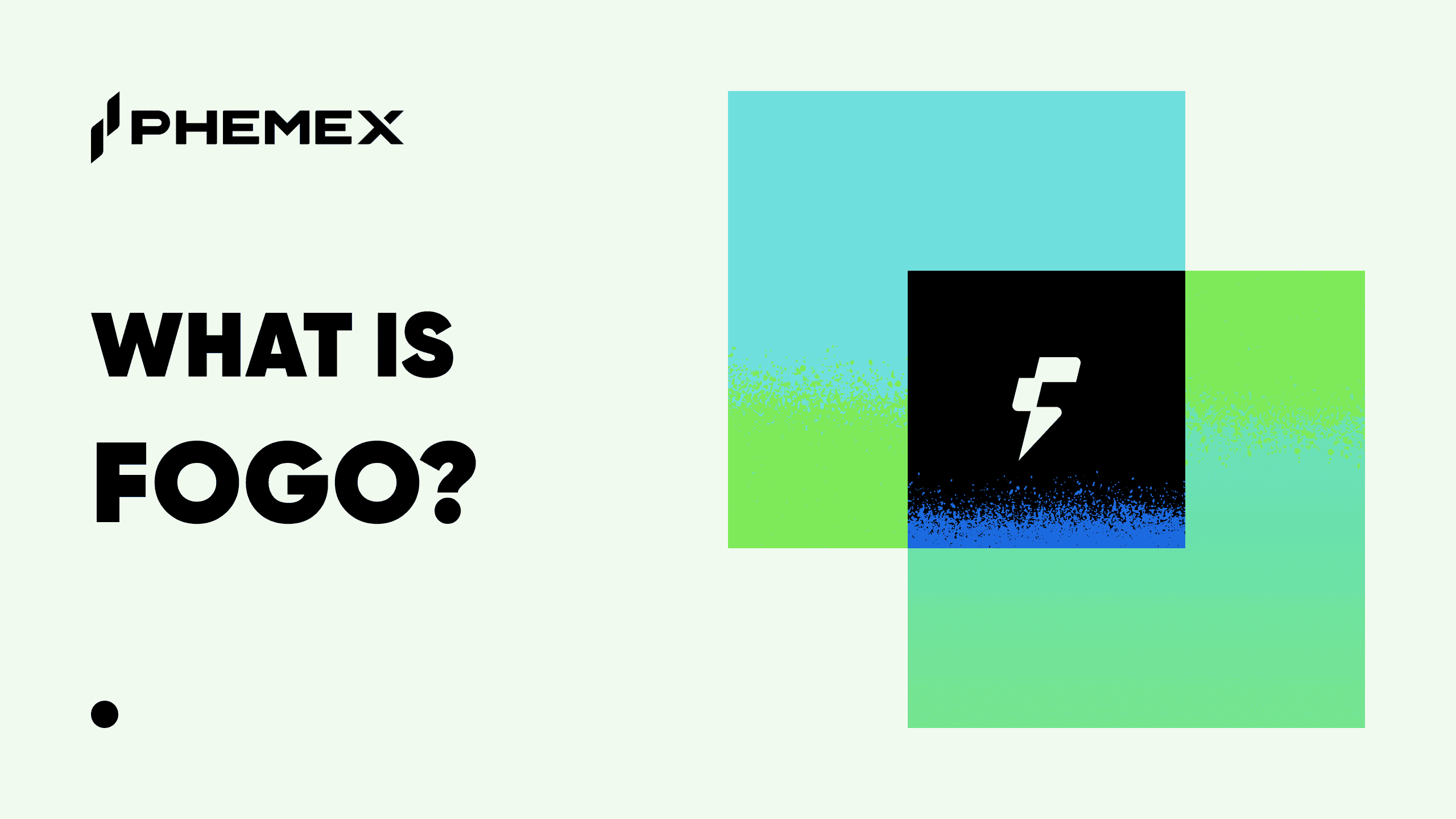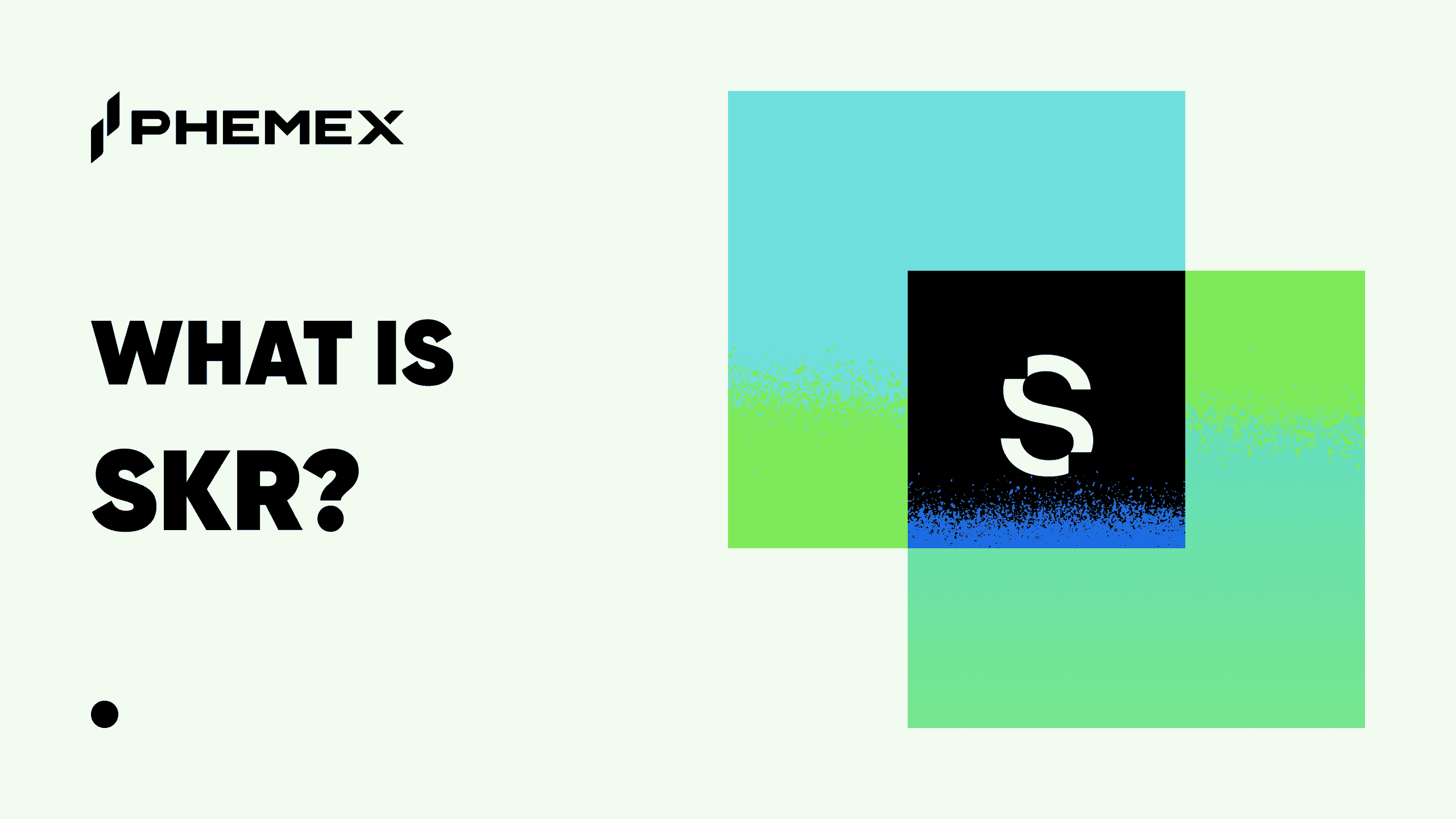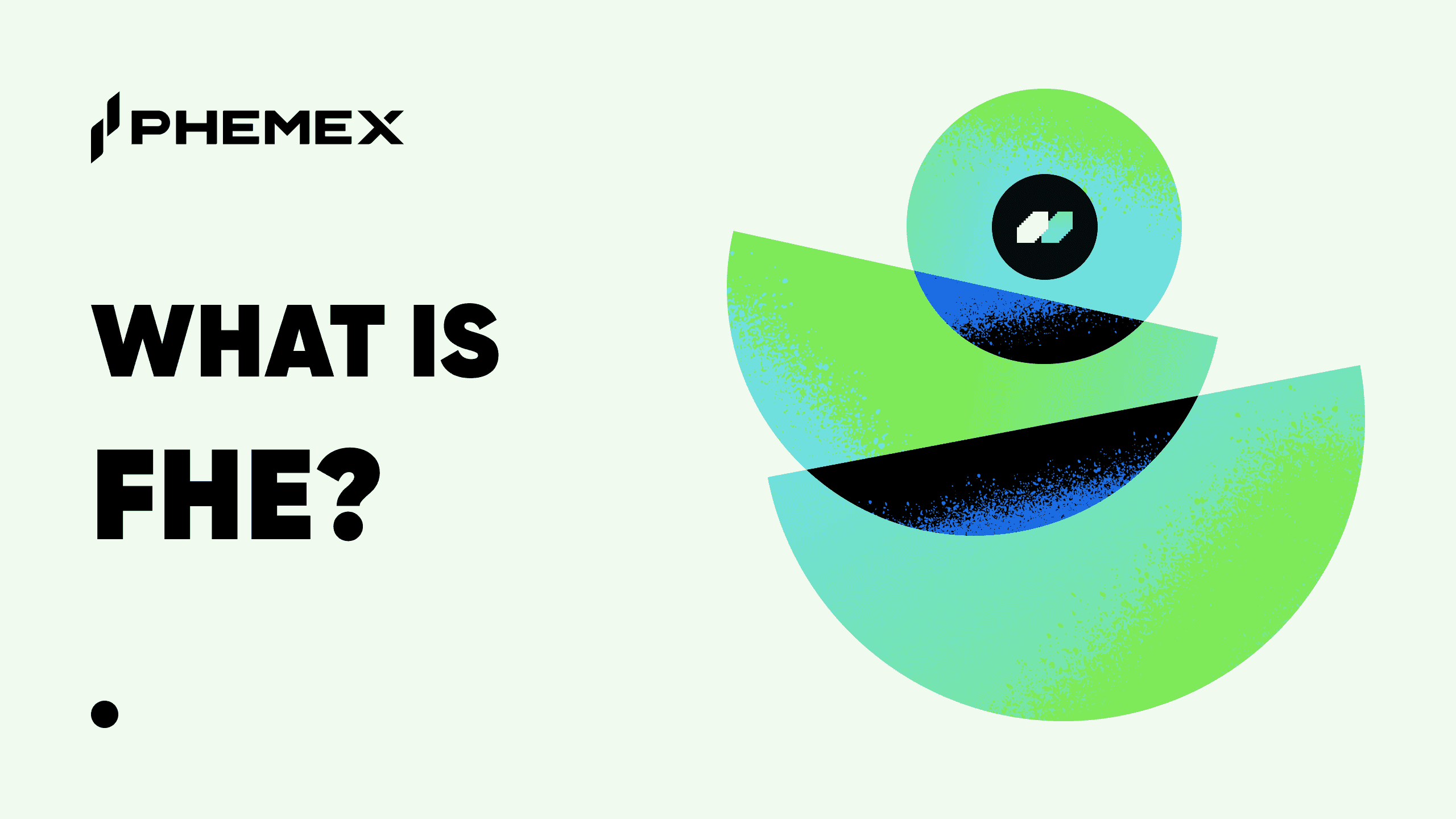What is Graph (GRT)?
Graph (GRT) is not just a technology; it's a paradigm shift in how blockchain data is approached and utilized. By employing a decentralized indexing and querying protocol, The Graph addresses one of the most significant hurdles in blockchain technology: the efficient and scalable access to decentralized data. This hurdle has long been a bottleneck for developers and organizations looking to build comprehensive, user-centric decentralized applications (dapps).
The utilization of GraphQL, a query language developed by Facebook in 2012, is a strategic choice that sets The Graph apart. GraphQL's power lies in its efficiency and flexibility, allowing developers to retrieve many resources in a single request. This contrasts sharply with the more rigid structures of traditional query languages, which can require multiple requests to gather the same amount of data. By integrating GraphQL, The Graph enables developers to construct more sophisticated, dynamic user interfaces and experiences, pushing the boundaries of what's possible in the realm of decentralized applications.
The democratization of data access is another cornerstone of The Graph's philosophy. In traditional centralized systems, data is siloed and controlled by a single entity, leading to gatekeeping and potential manipulation. The Graph's decentralized approach ensures that data is accessible to anyone, fostering a more open, transparent, and equitable blockchain ecosystem. This openness is crucial for the continued innovation and growth of DeFi and Web3, as it removes barriers to entry for developers and companies alike, leveling the playing field and encouraging a more vibrant and diverse range of applications and services.
How Does The Graph (GRT) Work?
The Graph's operational framework is a masterpiece of design, balancing the needs of efficiency, security, and decentralization. Each role within the ecosystem plays a specific, vital part in maintaining the network's integrity and performance:
- Indexers serve as the backbone of The Graph's infrastructure. By staking GRT tokens, indexers commit to providing accurate, timely indexing and querying services. This staking mechanism ensures that indexers have skin in the game, aligning their interests with the health and success of the network. It's a powerful way to incentivize good behavior and deter malicious or negligent actions.
- Curators are the experts who guide the network towards valuable data. Their role involves assessing the vast landscape of available blockchain data and identifying those pieces that will bring the most value to users and developers. By depositing GRT tokens on specific subgraphs (datasets), curators signal to indexers the importance of these data sets, influencing the network's priorities and ensuring that the most relevant and useful data is readily available.
- Delegators enhance the network's security and efficiency without the technical requirements of running a node themselves. By delegating their GRT tokens to trusted indexers, delegators support the overall health of the network and earn rewards for their contribution. This role is crucial for individuals who wish to participate in the network's success but lack the resources or expertise to become indexers themselves.
- Consumers are the end-users, the developers and organizations that query The Graph for data to build and run their dapps. Their queries, paid for with GRT tokens, drive the economic cycle of the network, compensating indexers, curators, and delegators for their contributions. Consumers' needs and demands shape the network's evolution, ensuring that The Graph remains responsive and relevant to the community it serves.
Graph (GRT) Tokenomics
The economic model of The Graph revolves around the GRT token, which serves multiple purposes within the ecosystem. It's used as a staking token by indexers, curators, and delegators to participate in the network. GRT also functions as a utility token for paying query fees, aligning the interests of all network participants. The initial total supply of 10 billion GRT tokens is managed through a combination of issuance and burning mechanisms. This carefully calibrated economy ensures that while the network grows and rewards contributors, it also maintains a healthy inflation rate, thereby preserving the token's value over time.
Graph (GRT) Network Structure
One of The Graph's most significant innovations is its decentralized network structure. By distributing the responsibilities of data indexing, curating, and querying across an extensive network, The Graph effectively mitigates the risks commonly associated with centralized data management systems. This strategic approach not only bolsters data security and reliability but also guarantees the network's capability to scale in response to increasing demand.
The collaborative and distributed nature of this structure nurtures a vibrant ecosystem, ripe with opportunities for innovation and improvement. As participants from various roles contribute to the network's evolution, The Graph remains at the cutting edge of blockchain data management technology. This continuous integration of advancements ensures that The Graph can adapt to the changing needs of the blockchain community, maintaining its pivotal role in the development of the decentralized web.
What is the Total Supply of Graph (GRT)?
The total supply of GRT was initially set at 10 billion tokens, with mechanisms in place to ensure a sustainable economy. This includes an annual issuance rate that incentivizes network participation and a burning mechanism for certain fees to control inflation. The design of this tokenomic model is strategic, aiming to balance the need for incentivizing network contributors with the importance of maintaining the token's long-term value.
Pros of The Graph (GRT)
The Graph (GRT) has emerged as a cornerstone technology within the blockchain ecosystem, offering a suite of benefits that address some of the most pressing challenges in decentralized application development and data management.
Enhanced Data Access
One of the most significant advantages of The Graph is the level of data access it provides. By streamlining the process of indexing and querying blockchain data, The Graph allows developers to create more sophisticated and user-friendly decentralized applications (dapps). This enhanced data access is critical in a landscape where the usability and functionality of dapps can significantly influence adoption rates. Developers can now easily retrieve the data they need to build complex, dynamic user interfaces and functionalities, making blockchain technology more approachable and useful for a broader audience. This breakthrough is pivotal for the continued growth and mainstream acceptance of blockchain technologies.
Decentralized Security
The decentralized nature of The Graph's network architecture plays a crucial role in enhancing the security and integrity of blockchain data. Unlike centralized data management systems, which present single points of failure and are susceptible to attacks, The Graph distributes its data indexing and querying processes across a vast network of nodes. This not only minimizes risks associated with centralization but also ensures that data remains secure and tamper-proof. By leveraging a decentralized network, The Graph provides a more resilient infrastructure for dapps, which is essential for building trust and reliability in decentralized systems.
Economic Incentives
The economic model of The Graph, centered around the GRT token, ingeniously incentivizes participation and contribution across the network. By rewarding indexers, curators, and delegators with GRT for their roles in maintaining and securing the network, The Graph ensures a continuous cycle of investment and growth. This economic incentive structure encourages the community to actively participate in the ecosystem, leading to a robust and efficient network. The alignment of economic incentives with the network's operational needs is a key factor in The Graph's sustainability and success.
Cons of The Graph (GRT)
Despite its transformative potential and benefits, The Graph is not without its challenges, which could influence its adoption and long-term viability.
Complexity
The sophisticated architecture and operational model of The Graph, while powerful, also introduce a level of complexity that can be daunting for new users. Understanding the roles of indexers, curators, delegators, and consumers, along with the mechanisms of staking, signaling, and querying, requires a considerable learning curve. This complexity could potentially hinder broader adoption, as developers and participants may find it challenging to engage with the ecosystem without significant investment in learning and experimentation. Addressing this complexity through education, tooling, and community support is crucial for The Graph to maximize its reach and impact.
Competition
The rapidly evolving blockchain space is highly competitive, with numerous projects vying to solve similar challenges related to data indexing, querying, and management. As blockchain technology continues to mature, The Graph must navigate this competitive landscape by continually innovating and improving its offerings. Staying ahead of alternative data indexing solutions requires constant technological advancement, community engagement, and ecosystem development. The ability of The Graph to maintain its competitive edge will be a critical factor in its long-term success and relevance within the blockchain ecosystem.
More Examples of Best AI Crypto Coins
Beyond The Graph, several other AI crypto projects are making significant contributions to the blockchain space:
- Ocean Protocol: Facilitates data sharing and monetization, enhancing privacy and enabling AI advancements.
- SingularityNET: Creates a decentralized AI service marketplace, democratizing access to AI technologies.
- Fetch.ai: Develops an economic internet powered by AI, optimizing efficiency across various sectors.
In conclusion, The Graph (GRT) plays an essential role in the blockchain ecosystem by revolutionizing how data is indexed and queried. Its decentralized approach not only enhances security and access but also fosters innovation and growth within the DeFi and Web3 spaces. As the blockchain landscape continues to evolve, The Graph's contributions will undoubtedly remain pivotal in shaping the future of decentralized applications.
Read More
- What is The Graph (GRT): A Data Indexing Protocol For Blockchains
- Rising Use of Artificial Intelligence in Trading
- What is Gitcoin: Open-Source Crypto Innovation
- What is Hedera Hashgraph: A Decentralized Distributed Ledger
- What is Fetch.ai (FET) & How does it Work?
- Can ChatGPT build a crypto trading bot?
- Blockchain Analytics: 11 Free Crypto Research Tools You Need
- What is a Token Generation Event (TGE)? How Does it Work?








